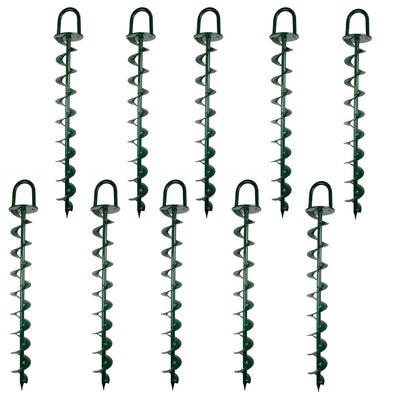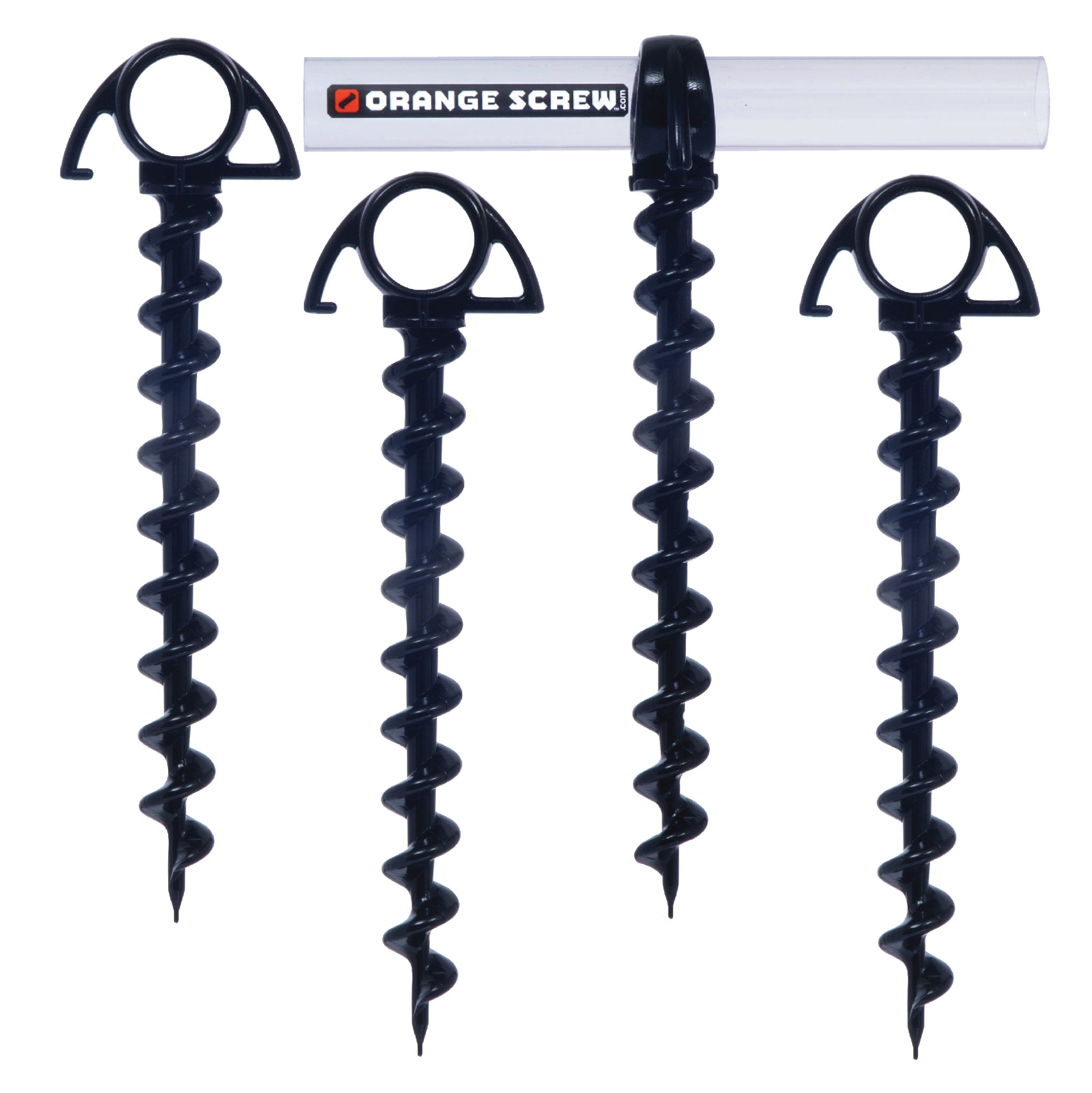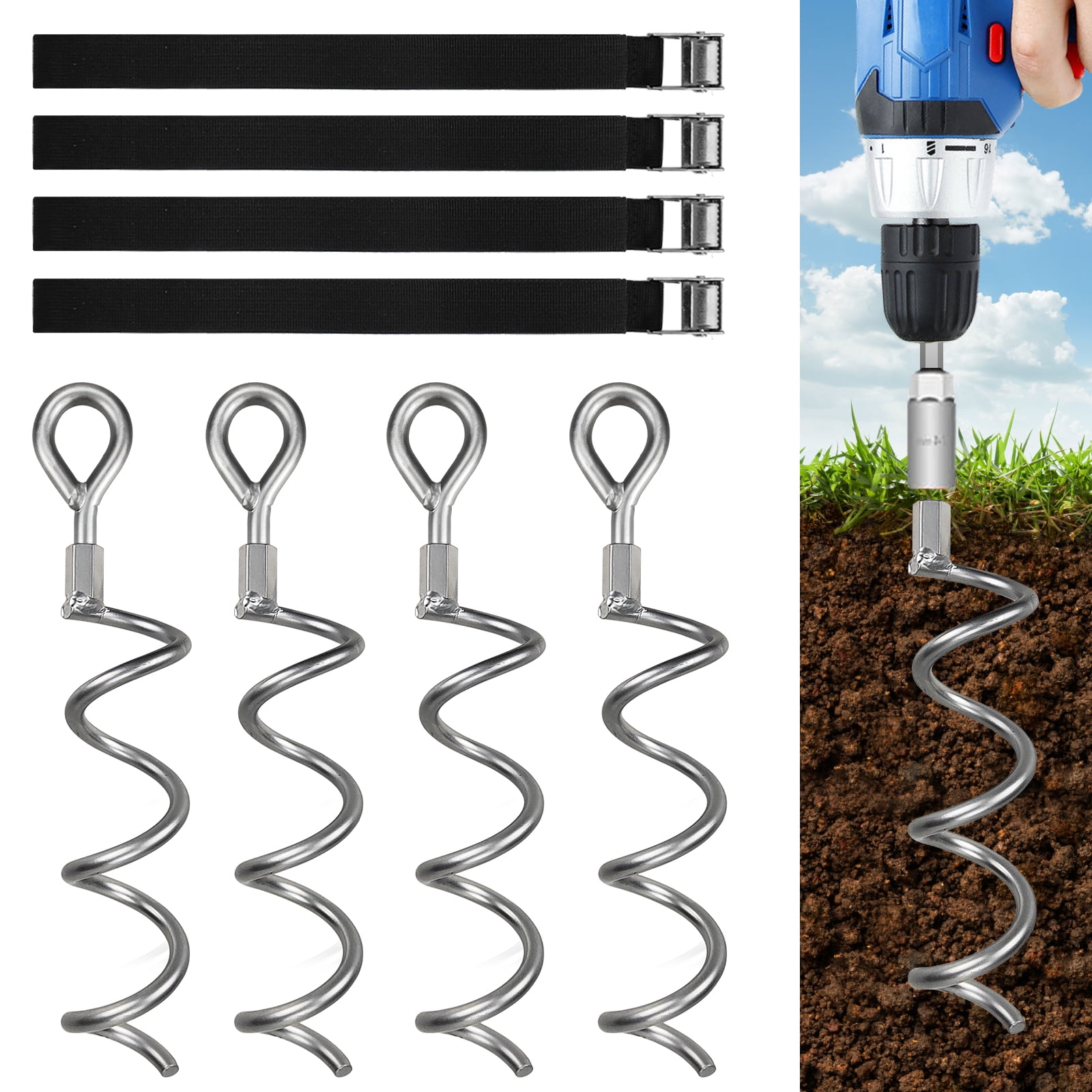Comparing Various Ground Anchor Models to Discover the Ideal Match for Secure Installation
Discover the Crucial Uses Ground Anchor in Building and Landscaping
Ground anchors are essential elements in both building and construction and landscape design, providing vital stability and assistance across different applications. Their function in anchoring hefty equipment and boosting dirt retention emphasizes their value in promoting safety and sustainability.
Safeguarding Fences and Gates
Protecting fences and gateways is an essential aspect of residential or commercial property delineation and safety in both household and commercial settings. Ground supports play an important role in making certain that these structures continue to be stable and effective with time. By providing a durable anchoring remedy, ground supports assist stop fences from leaning or falling down because of ecological variables such as wind, soil erosion, or ground activity.
In residential settings, effectively anchored fencings not just improve the visual allure of a residential or commercial property yet also give security and security for families and pets. In industrial environments, safe fencing is critical for shielding assets, defining building borders, and guaranteeing the safety and security of workers and clients. Ground anchors can be mounted in various dirt types and conditions, making them flexible for different jobs.
Additionally, using ground anchors enables for a more irreversible option contrasted to typical methods, such as concrete grounds, which can be taxing and labor-intensive. Ground Anchor. This performance is particularly valuable in landscaping tasks where timelines are vital. Generally, the integration of ground anchors into fence and entrance setups significantly adds to their longevity, performance, and general performance in protecting properties
Stabilizing Short-term Frameworks
While temporary frameworks are commonly designed for short-term usage, their security is important for making certain security and functionality throughout their functional period. Ground supports act as an effective solution for stabilizing these frameworks, which might include camping tents, stages, or modular buildings. By securing these setups securely to the ground, ground anchors aid withstand wind uplift and lateral forces that could compromise the stability of the structure.

Furthermore, using ground supports permits very easy removal and repositioning of momentary frameworks, making them an optimal selection for building and construction websites or occasions that call for versatility. On the whole, ground supports are an important tool in the efficient and safe management of momentary structures, guaranteeing they execute reliably throughout their meant use.
Sustaining Maintaining Walls
Making use of ground anchors dramatically boosts the structural honesty of maintaining wall surfaces, which are vital for managing dirt erosion and maintaining landscape security. Maintaining walls go through side planet stress, and without ample assistance, they can fall short, leading to costly repair services and potential damages to surrounding structures. Ground supports provide a trusted remedy by transferring the load from the wall right into the underlying dirt or rock, making certain the wall continues to be secure and upright.
These anchors are normally set up at an established angle and depth, enabling them to stand up to the forces applied by the maintained dirt. By utilizing high-tensile stamina materials and correct setup methods, ground anchors can dramatically improve the wall's efficiency under various ecological conditions, consisting of heavy rains and seismic task.
Additionally, making use of ground anchors can reduce the requirement for substantial excavation and product use, promoting more sustainable building and construction practices. This strategy not only improves the longevity of preserving walls but likewise minimizes the overall footprint of landscaping tasks. As a result, integrating ground anchors in retaining wall surface design is a critical method for both building and construction experts and landscape designers intending to make sure lasting stability and security.
Anchoring Heavy Equipment

Ground anchors provide a dependable technique to protect tools, distributing forces uniformly and enhancing security. The use of anchors enables drivers to work confidently, specifically when lifting or moving heavy tons. In addition, in scenarios where equipment should be positioned on soft or unsteady dirt, ground supports can be installed to enhance grip and protect against devices from sinking or becoming incapacitated.
Carrying out a systematic approach to securing hefty tools not only boosts operational efficiency yet likewise maintains security criteria on site. Regular examinations and maintenance of securing systems are necessary to ensure their continued performance. By prioritizing the anchoring of heavy tools, building and construction and landscaping specialists can develop more secure job environments, inevitably resulting in more successful job outcomes.
Enhancing Dirt Retention

Dirt erosion postures a substantial difficulty in both building and construction and landscaping projects, making efficient dirt retention strategies vital. Ground supports play an essential function in boosting this post dirt retention by providing stability to frameworks and vegetation, therefore protecting against soil displacement triggered by water drainage and wind.
The setup of ground supports involves embedding steel rods or cable televisions deep into the dirt, which are then secured to retaining walls, terracing systems, or vegetation. This anchoring system not only stabilizes the soil yet additionally boosts the overall integrity of landscape design features. As find out this here an example, in sloped locations, ground anchors can be used to sustain preserving wall surfaces, efficiently decreasing the threat of landslides and soil disintegration.
Furthermore, these supports help in the establishment of ingrained plants, which better strengthen the soil structure. image source By urging root growth, ground supports add to a durable environment that normally holds dirt in place, reducing the need for fabricated barriers or constant upkeep.
Conclusion
To conclude, ground anchors serve multiple important features in construction and landscaping. Their application in securing fencings and entrances, maintaining momentary frameworks, sustaining preserving walls, anchoring heavy tools, and improving dirt retention highlights their value in promoting security and stability. By facilitating these necessary jobs, ground supports add considerably to the overall integrity of different tasks, making sure toughness and sustainability in both business and residential settings. Their versatility makes them an important device in modern building and construction techniques.
By providing a durable anchoring option, ground supports assist prevent fences from leaning or falling down due to environmental variables such as wind, dirt disintegration, or ground motion. - Ground Anchor
By anchoring these installations firmly to the ground, ground anchors help resist wind uplift and side forces that might compromise the integrity of the framework.
Making use of ground anchors dramatically enhances the structural stability of maintaining walls, which are crucial for handling soil disintegration and keeping landscape stability. Ground anchors supply a dependable remedy by moving the lots from the wall surface into the underlying dirt or rock, making certain the wall surface continues to be safe and upright.
